Tunnels are the backbone of modern infrastructure, enabling efficient transportation, utility routing, and communication. However, over time, tunnels can deteriorate due to environmental stress, usage loads, water ingress, or material fatigue. That’s where tunnel inspection comes into play.
A well-planned tunnel inspection strategy ensures structural integrity, public safety, and cost-effective maintenance. In this blog, we’ll break down why tunnel inspections matter, explore the latest methods and technologies, and discuss how organizations can stay ahead with proactive maintenance.
Why Tunnel Inspections Are Essential
Ignoring tunnel inspections can lead to catastrophic failures, unexpected closures, and costly repairs. Here are the top reasons why regular inspections are vital:
-
✅ Ensure structural integrity
-
✅ Identify early signs of wear, cracks, or water infiltration
-
✅ Meet regulatory and safety standards
-
✅ Extend the tunnel’s service life
-
✅ Prevent downtime and reduce long-term costs
Common Tunnel Inspection Techniques
1. Visual Inspection
The most basic yet vital method. Engineers walk through the tunnel, visually identifying signs of damage, such as cracks, spalling concrete, leaks, or deformations.
2. Non-Destructive Testing (NDT)
NDT techniques like ultrasonic testing, ground-penetrating radar (GPR), and laser scanning are used to assess structural conditions without causing any harm to the tunnel.
3. Photogrammetry & 3D Modeling
High-resolution imaging and 3D modeling offer a digital twin of the tunnel for accurate analysis and comparison over time.
4. Drone & Robotic Inspections
Drones equipped with thermal imaging, LiDAR, and HD cameras are becoming a game-changer for confined and hazardous tunnels, especially when human entry is risky.
5. Seismic & Acoustic Monitoring
These methods detect internal flaws or movements in tunnel linings that may not be visible, providing deeper insight into underground structural behavior.
The Shift Toward Smart Tunnel Inspections
With the rise of AI-driven analytics, IoT sensors, and data platforms, tunnel inspections are becoming more efficient and predictive.
Benefits of Modern Tunnel Inspection Technology:
-
🔧 Faster data collection
-
📊 Better reporting and condition tracking
-
🤖 Reduced human risk in hazardous areas
-
🌍 Remote monitoring and early warnings
How Often Should Tunnel Inspections Be Conducted?
Regulations vary by country, but in most cases:
-
Routine inspections: Every 1–2 years
-
In-depth inspections: Every 4–6 years or after significant events (e.g., earthquakes, floods)
Some high-traffic or underwater tunnels may require more frequent monitoring and real-time sensor integration.
Choosing the Right Tunnel Inspection Partner
When selecting an inspection service provider, consider these factors:
-
✅ Experience with tunnel infrastructure
-
✅ Use of advanced tech (drones, sensors, 3D scans)
-
✅ Ability to deliver actionable insights and detailed reporting
-
✅ Compliance with local safety standards and guidelines
